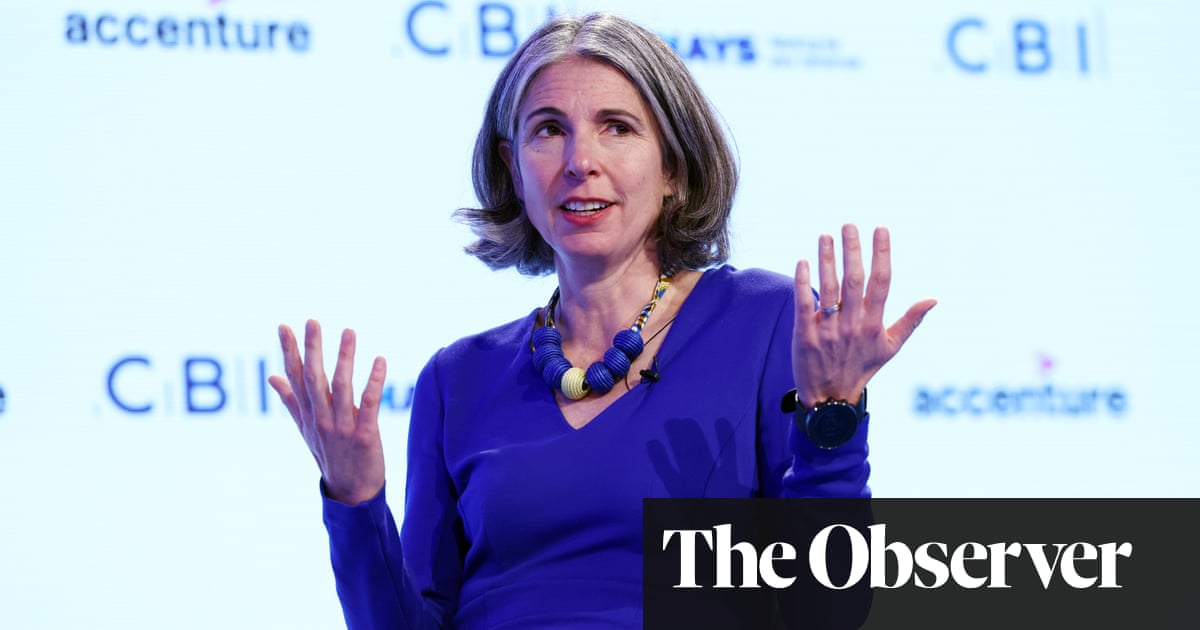
fter many weeks of speculation, the prime minister has finally announced his “10-point plan” for a green industrial revolution. This is essential because the UK has a massive gap between its current actions to tackle the climate emergency compared with what is needed to meet its legally binding climate commitments. A recent analysis by Green Alliance showed that the UK is on course to reduce its emissions by less than a fifth of what’s required for its next round of climate targets.
This 10-point plan matters because it is meant to be Boris Johnson’s first major attempt at filling that gap in UK climate action. It also needs to help set a benchmark to the rest of the world well before the UK-hosted global climate summit next year, Cop26.
So, how does the plan measure up? First, it’s important to give credit where it’s due. The star of the show is the promise to end the sale of new petrol and diesel cars and vans by 2030. After years of campaigning, the government has listened to support from a third of its own MPs, all major opposition parties, business leaders and civil society to give the thumbs up to this policy.
Not only will ending the sale of these polluting vehicles over the next decade significantly reduce climate-wrecking emissions, but it will also help to clean up toxic air pollution on our streets, which we have long known has a disproportionate impact on less affluent communities and certain communities of colour.
An earlier phase-out of new polluting vehicles should also put the UK at the forefront of electric car manufacturing, offering a massive boost to the economy. A Greenpeace report, written by Cambridge Econometrics, found that a 2030 ban on new petrol, diesel and hybrid cars and vans could create 32,000 new jobs by the same year, and increase GDP by £4.2bn, compared with a later phase-out date of 2035.
Of course, headline targets on their own are no panacea, so this announcement urgently needs to be accompanied by a wider package of policies to make it happen, and guarantee that the transition actually benefits UK workers and communities.
While the total cost of owning and running electric vehicles is already cheaper than petrol or diesels, the government has helpfully announced some extra cash for grants to assist with the upfront costs of buying electric. This, alongside money for charging infrastructure, will help to make electric vehicles more accessible.
But more support is still needed for delivery. A firm commitment is needed to clarify that the vast majority of polluting new hybrid vehicles are included in the 2030 ban. Regulations are needed to require vehicle manufacturers to shift their production to 100% electric over the next 10 years. And critically, workers in the sector need to be helped to retrain in electric vehicle assembly and supply chains. Without these, the electric vehicle revolution may not happen.
Elsewhere, Johnson’s plan leaves much to be desired – especially when it comes to funding. Of the £12bn announced, just £4bn is new government money – meaning two-thirds of it is simply recycled from previous promises, or being assumed to be delivered by the private sector. To put this into context, France has already pledged £27bn for environmental stimulus measures and Germany has committed £36bn.
Joint analysis in September by The Climate Coalition, including Greenpeace, WWF, the Women’s Institute, National Trust and the RSPB concluded that at least £95bn of government investment is needed over the rest of this parliament to build back better and deliver a sustainable, inclusive, and resilient society. That includes increasing the provision of public transport, walking and cycling infrastructure, boosting nature restoration and guaranteeing funding to make every home more energy efficient.
But instead of focusing on these known solutions with the greatest potential to both slash carbon emissions and create thousands of new jobs, the government seems to be more focused on supporting speculative solutions such as new nuclear and hydrogen power for home heating. At least another £785m appears to have been pledged towards these technologies, despite the fact that they are unlikely to get us to zero emissions in the near future, if ever.
When it comes to the funding, the government both needs to check its priorities and accept that £4bn is only a down payment for what is required for a green recovery. The chancellor’s one-year spending review is due next week, which would be a perfect opportunity to set us on the right path. At a minimum, Rishi Sunak should fulfil the government’s £9.2bn manifesto commitment to making our homes more energy efficient, and confirm an extra £10bn per year for buses, rail, walking and cycling across the UK.
The final assessment of the government’s 10-point plan is on how joined up it is. The huge undertaking of reaching zero emissions will only truly succeed if solutions are planned in a way that complement each other and ensure that no one is left behind.
The plan doesn’t do enough in this respect. A pledge to install 600,000 heat pumps a year is an important measure, but it won’t succeed without the right level of investment to insulate the UK’s 29 million draughty homes. Renewable energy is already less than half the cost per unit of power generated than nuclear energy, but the government is still insistent on the latter.
From transforming our homes, to upgrading our power system and electrifying our transport, all of these solutions need to happen together, driven from the very top of government. Boris Johnson has committed to “taskforce net zero”, which is a promising sign – but this will need to be backed up by sustained coordination and oversight, in order for it to have a real impact and help change people’s lives for the better.
• Rebecca Newsom is head of politics at Greenpeace UK












